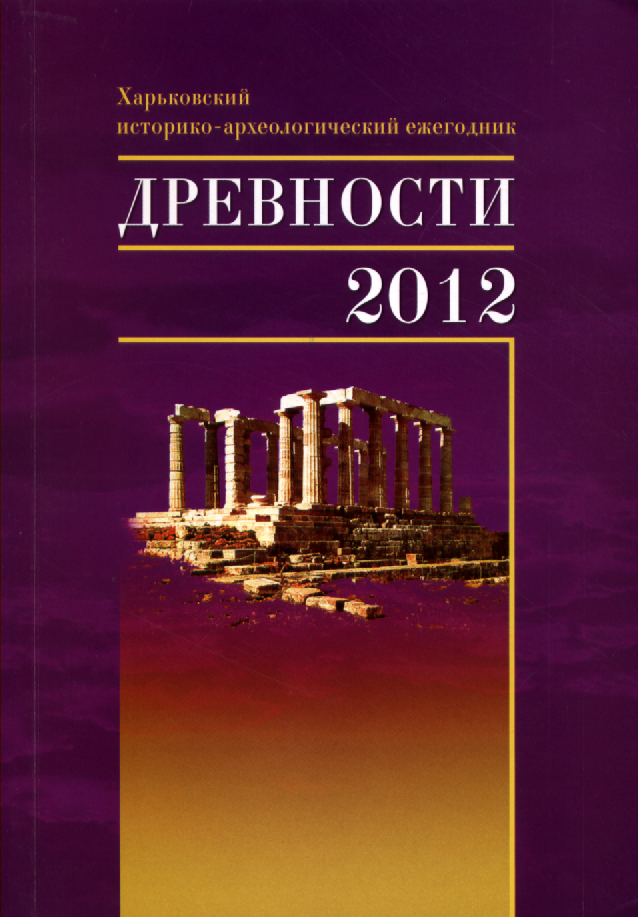К вопросу о взаимоотношениях населения Степи и Лесостепи юга Восточной Европы в конце V-IV вв. до н. э.
Abstract
Summary
D. Grechko. On the Issue of the Relationships of the Population Inhabited the Steppe and
Forest Steppe of the South of Eastern Europe in the End of V—IV cen. BC The history of the North black Sea region of V—IV cen. BC is tightly connected with the coming of a new nomadic horde in the end of the one third of V cen. BC. By the middle of the mentioned century, the steppe and forest-steppe zones of the South of Eastern Europe were inhabited by new residents. The South territory of Eastern Europe was divided between the nomadic clans in accordance with their social status. The ceremony of burial in monumental catacombs became the distinguished and prestigious tradition of the Scythian elite. These catacombs were associated with the posthumous journey in a so called “dead house” presented by a kibitka that served a nomad during the lifetime.
The representatives of the less noble clans, probably, subordinated the rest of Iranianspeaking nomads to them. These nomads lived in the forest steppe zone, and controlled the local agricultural population since VII—VI cen. BC. The presence of the burial constructions of the peripheral elite clans could be explained by the traditions and possibilities of the local subordinated population. However, wooden small-scale sepulchers were still in use in the forest steppe zone; in Crimea, abode and stone burial constructions were widely used. Separate Scythian tribes were very close to one another ethnically and ideologically.
Key words: steppe, forest-steppe, Scythians, barrows, relationships.




